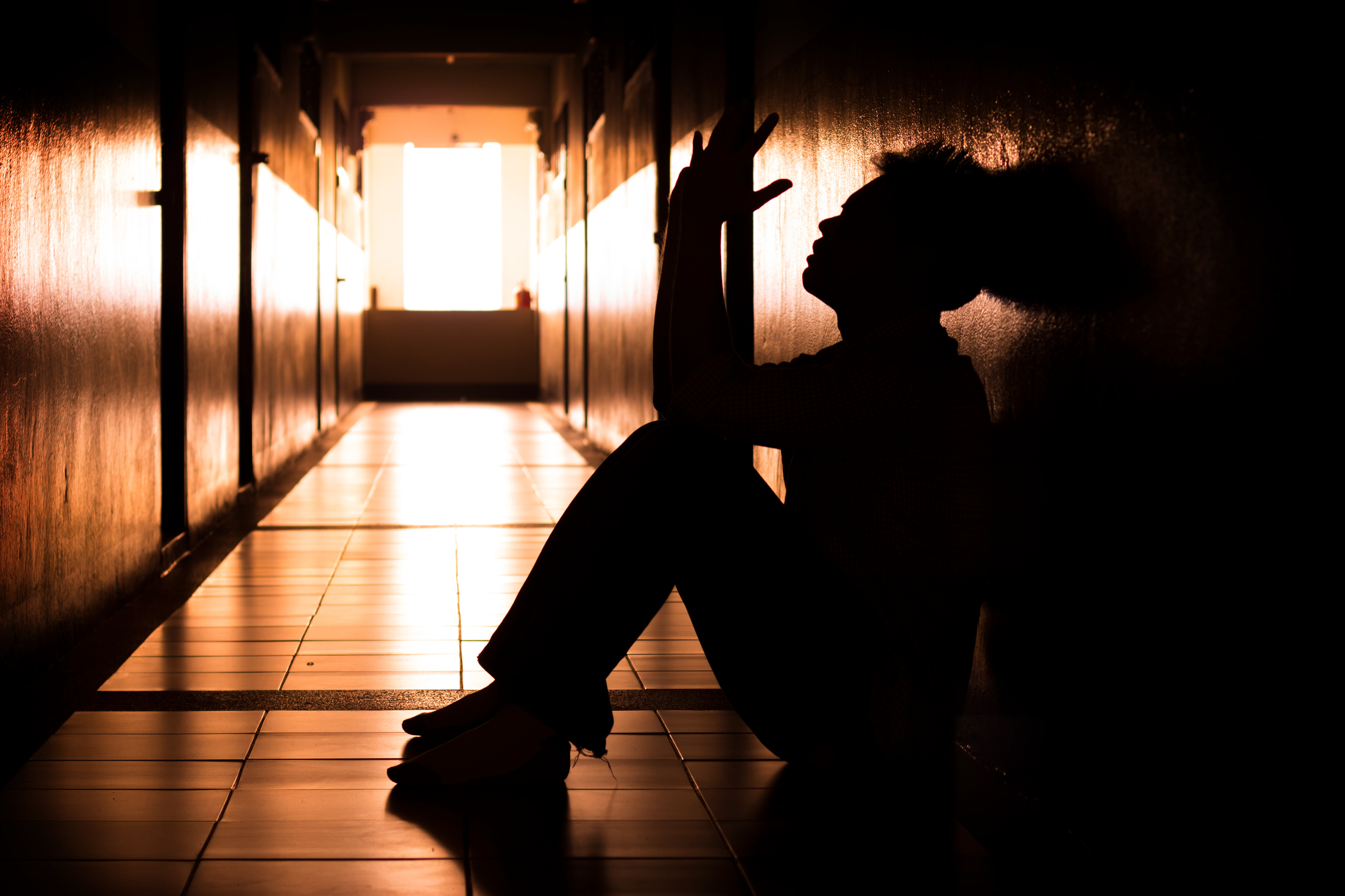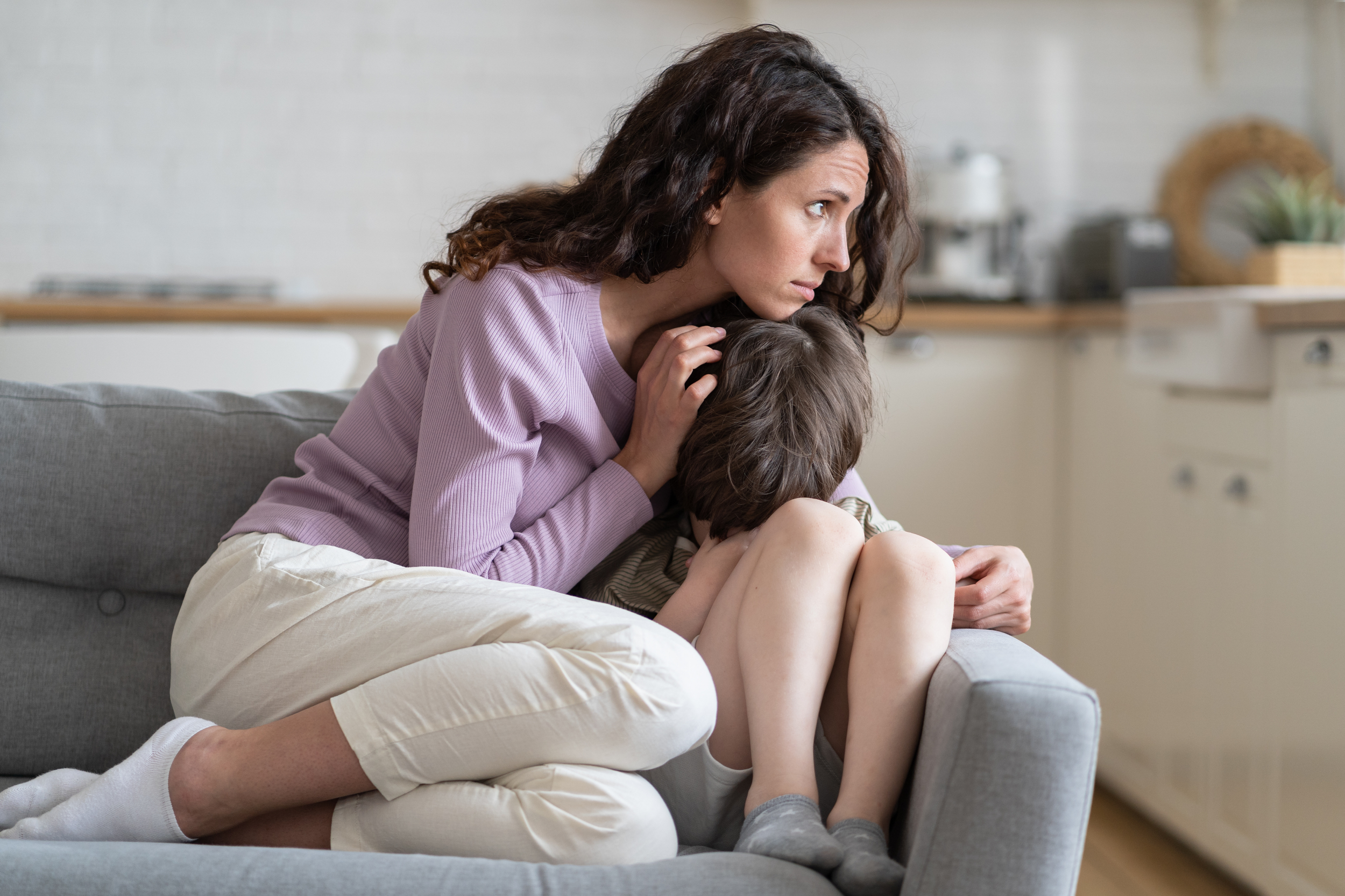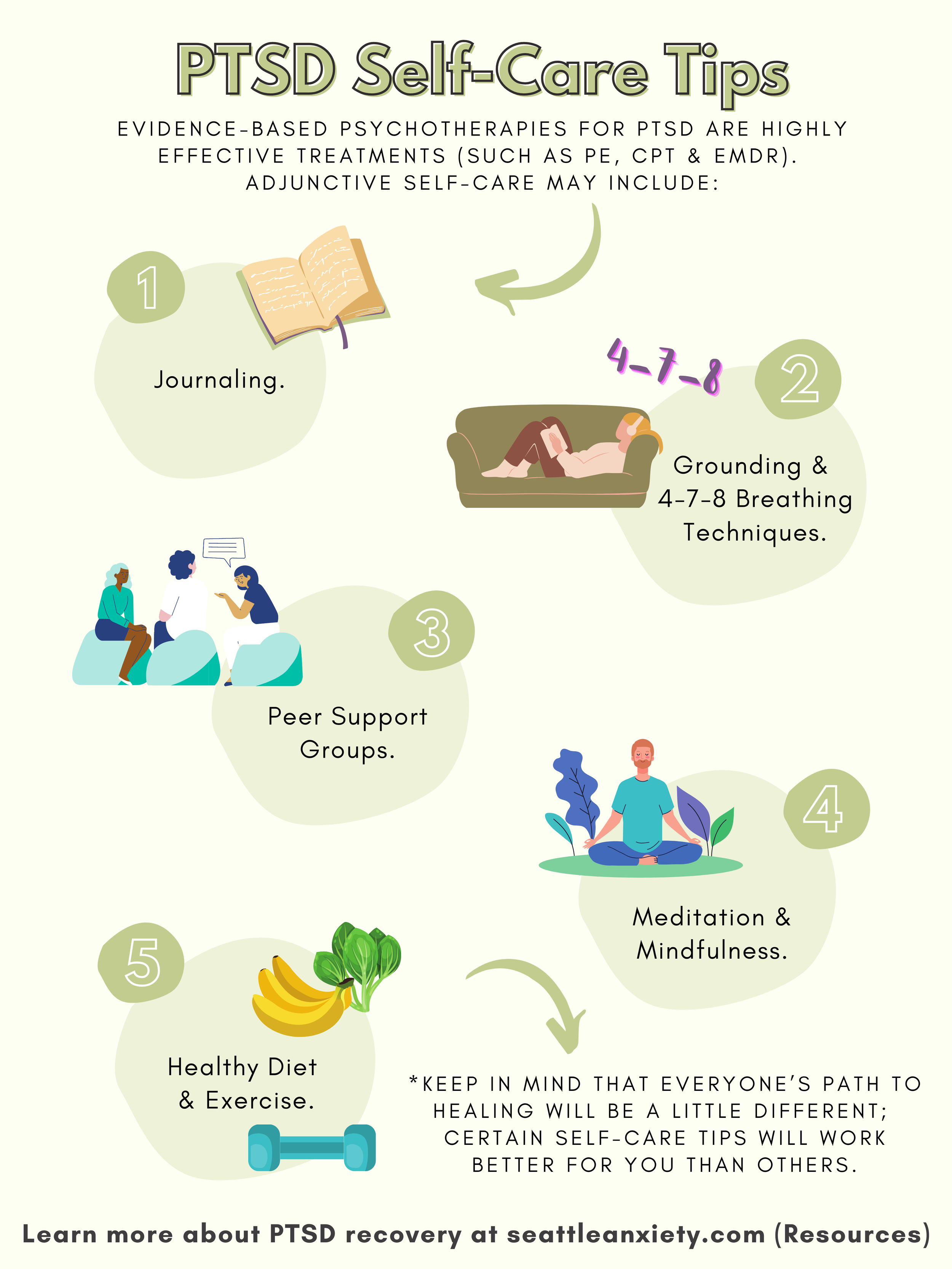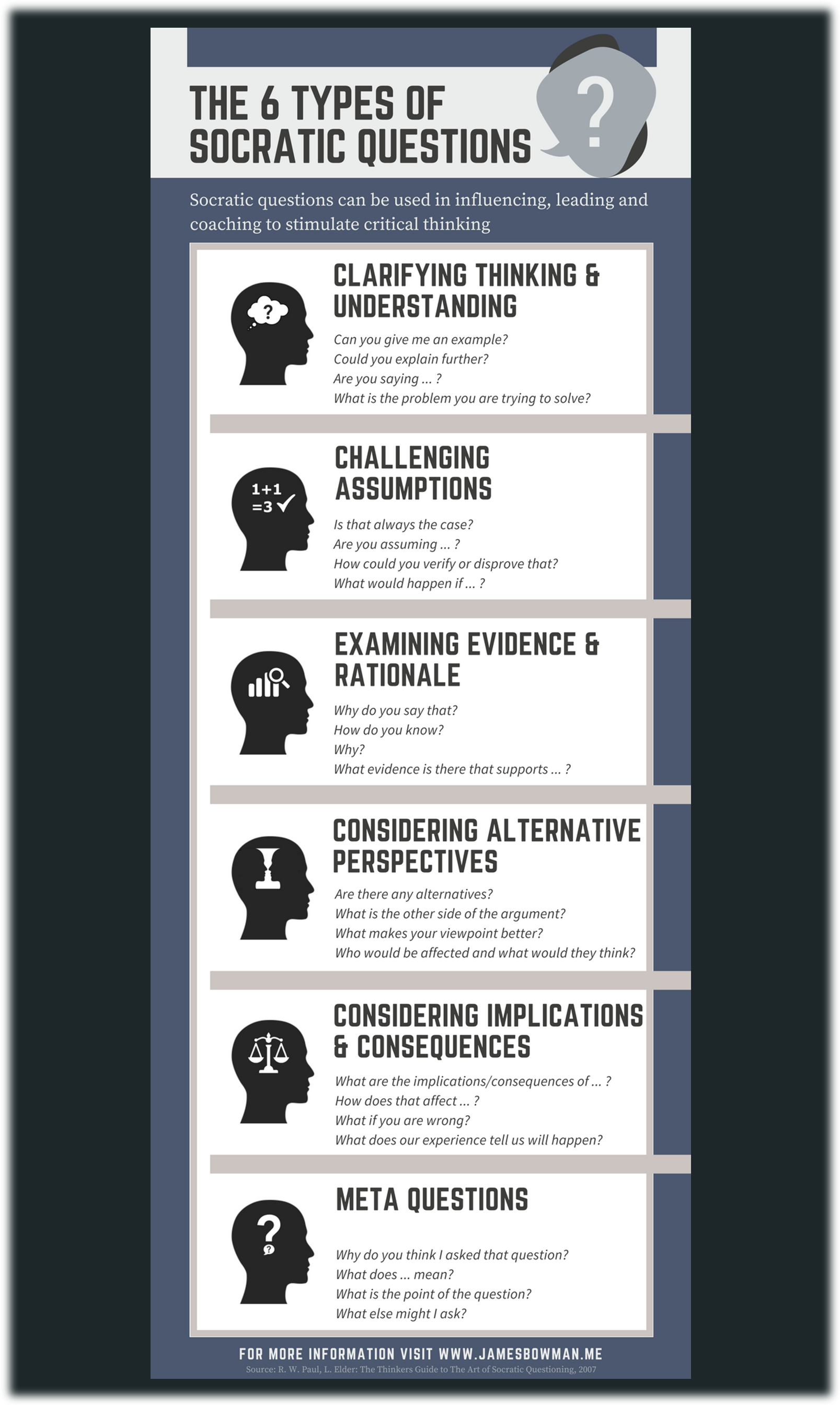Origins: The Formation of the Big Five
Some people are more outgoing than others; some prefer to keep to themselves. Some people love to argue and others prefer to keep the peace. Some people are highly organized, making their beds every morning; others can hardly find a pair of socks under the mountain of a pile of clothes. In our own experience of life, we can probably think of a vast variety of individuals with their own personalities, each coping uniquely with the challenges life throws at them.
Personality psychologists have come up with a concept of ‘traits’ – the stable tendencies of individuals – to explain everyday behaviors like journaling, throwing socks on the floor, cleaning after themselves, etc. But how do we figure out which traits are the most important? Are there any traits that serve as the most common among every individual? Can we describe someone’s personality in just a few words? To answer these questions, personality psychologists have tried for more than a century to develop a comprehensive measure of personality traits, resulting in questionnaires such as the Minnesota Multiphasic Personality Inventory (MMPI).
The modern study of personality psychology is attributed to Francis Galton who developed the idea of the lexical approach.[1] This idea explains how language captures the traits most important to people in their everyday lives. It argues that if a trait is important, then it would be encoded in language with individual words such as “nervous” or “outgoing”. Following this reasoning, all of the adjectives in the English dictionary were recorded; screening out words that referred to momentary states (e.g., annoying), the remaining words alluded to psychological attributes (e.g., outgoing, nervous, and neat).[2]
After the researchers had people rate themselves on the recorded adjectives, they did a factor analysis [3,4] which formed groups of adjectives based on their correlation with each other. This resulted in five major factors that had the most adjectives, which we now know as the Big Five Personality Traits: Extraversion, Agreeableness, Conscientiousness, Neuroticism, and Openness to Experience.
Understanding the Big five Personality Traits
These five factors are best understood as a continuum of traits, each having its own sub-categories (i.e., facets).[5] The following facet examples helps explain the diversity of characteristics within each grouping:[6]
1. Extraversion: friendliness, gregariousness, assertiveness, activity level, excitement seeking, cheerfulness
2. Agreeableness: trust, morality, altruism, cooperation, modesty, sympathy
3. Conscientiousness: self-efficacy, orderliness, dutifulness, achievement-striving, self-discipline, cautiousness
4. Neuroticism: anxiety, anger, depression, self-consciousness, immoderation, vulnerability
5. Openness to Experience: imagination, artistic interests, emotionality, adventurousness, intellect, liberalism
Internalizing these facets also helps us avoid common misunderstandings about the traits. Apart from being a continuum, there is no “right” or “wrong” personality – each trait has its advantages and disadvantages. For example, the extrovert might delve too much into excitement-seeking which can turn out to be reckless at times. The neurotic person, on the other hand, might be anxious, but that will prevent them from reckless behavior.
The Five traits and Mental Health
1. Extraversion
Extraversion is the dimension that ranges from how outgoing and stimulant-seeking a person is to how much they conserve their energy and do not actively engage to earn social rewards. Extraversion includes preferring the company of others as opposed to being alone, aspiring for leadership roles, being physically active, and experiencing more happiness and joy. It captures the most positive emotions – joy, energy, happiness – out of all the traits because of which extraverts are more likely to experience positive moods.[7] Due to its link with positive emotions, individuals who score higher on extraversion tend to have better mental health; they are less likely to suffer from mood and anxiety disorders.[8] These benefits occur not from extraversion itself but because extroverts are often better at maintaining relationships, which are linked to physical and mental health.[9]
The opposite dimension of extraversion is introversion. Introverts are not hermits who isolate themselves; instead, they prefer the company of close friends and family as opposed to large gatherings. Hans Eysenck (1967) posited that introverts are sensitive to stimuli which causes them to prefer solitude.[10] On the other hand, extroverts seek stimulation and excitement which might be linked to higher levels of dopamine – the brain-chemical responsible for pleasure.[11]
2. Agreeableness
The dimension of agreeableness describes an individual’s tendency to put others’ needs ahead of their own, making those low in agreeableness more antagonistic. Agreeable individuals are sympathetic to the needs and feelings of others and trust them more. They prefer cooperation as opposed to competition and tend to be honest, humble, and compliant. In short, individuals high in agreeableness tend to hold other people’s needs above their own; they tend to gain pleasure from serving others and taking care of them.[12] While agreeableness is the least studied factor in the Big Five, most research on it is done by investigating both ends of its spectrum.[13] The opposite end of the agreeableness spectrum – antagonism – encompasses characteristics such as: angry, argumentative, hostile, egotistical, condescending and skeptical.[14]
Unfortunately, these characteristics result in a correlation with antisocial behavior. Research has found that disagreeable individuals are more likely to be involved in crime, aggressive behavior, drug abuse, and gambling.[15-18] Those high in agreeableness, however, show behavior that includes helpfulness, forgiveness, and acceptance.[19] As a result of prosocial behavior, agreeableness comes with many benefits which include, but are not limited to: positive emotions, decreased depression, healthy social connections and relationships as well as greater life satisfaction.[20]
3. Conscientiousness
This dimensional trait measures an individual’s self-discipline and control in order to achieve their goals, making those on the other end of the spectrum more impulsive. Conscientiousness involves willpower; individuals high in this trait can delay gratification, consider the consequences before acting, and work hard toward their goals. As a result, conscientious people are diligent and organized, achieving their goals despite boredom, frustration, or distractions. Similar to individuals low in agreeableness, research has found those low in conscientiousness are more likely to abuse drugs, involve themselves in criminal behavior, and gamble more often.[21]
Due to greater self-control, highly conscientious people tend to enjoy better mental and physical health, including living longer.[22,23] Willpower motivates this cohort to be more-likely to exercise, follow a well-balanced diet, avoid drug abuse, and achieve educational and career goals to try and avoid stressful financial problems. For example, they have been found more likely to eat salads and are less likely to be overweight.[24] They also benefit from better mental health by managing their negative emotions; as a result, perhaps, conscientious people are more likely to have stable marriages.[25]
4. Neuroticism
This spectrum describes how much someone experiences negative emotions as a reaction to a situation. Neuroticism is the tendency to experience negative emotions such as anger, depression, anxiety, shame, and self-consciousness. Highly neurotic individuals may experience negative emotions more frequently and intensely. As a result, they are more prone to mental health issues such as depression, generalized anxiety disorder, PTSD, OCD, substance abuse disorder, and eating disorders.[26-28]
An individual high in neuroticism is less likely to engage in processing their emotions than an individual who does not worry often. To aid a neurotic person in psychotherapy, it is beneficial to help them overcome their inclination to avoid emotions. This is better achieved by helping them realize their emotions as negative, instead of figuring out the origin of their emotions. It is this suppression that harms their mental health, so labeling their emotions as negative serves to alleviate the stress they experience.[29]
5. Openness to Experience
The openness dimension ranges from thinking in abstract, complex ways to thinking more traditionally. Openness is the least intuitive of the Big Five. It has been labeled differently – such as ‘intellect’, ‘culture’, and ‘imagination’ – in many personality questionnaires; McCrae (1996) defined it according to the lines of ‘vivid fantasy’, ‘intellectual curiosity’, ‘behavioral flexibility’, and ‘unconventional attitudes’.[30] Individuals high in openness to experience love to try new things, play with complex ideas, and consider alternative perspectives. Most importantly, they are more likely to name travel as an important personal goal.[31] For example, they are more likely to engage in meditation (associated with new experiences), go to art exhibits, or speak a foreign language.[32] In contrast, low-openness people value the status quo, favor traditional activities, and prefer routine.
Openness does not have many links with psychiatric disorders; however, researchers argue having too much vivid imagination overlaps with psychotic symptoms like hallucinations or unusual beliefs.[33] Overall, those high in openness are less likely to suffer from anxiety disorder or depression.[34] It is also the only factor linked with intelligence; although the correlation is small, those high in openness tend to score higher in IQ tests.[35] The facets of being highly open to experience allow an individual’s brain to retain its plasticity as they age, minimizing the decline in cognitive abilities.
Again, it is important to note how the five personality traits are a continuum more so than a concrete representation of who we are. Since life is not black and white but nuanced in essence, how we react to situations is equally gray and can differ from situation to situation. Just as our personality traits can determine how we react to circumstances; our circumstances can also impact our personality traits. Nevertheless, it is beneficial and empowering to know our personality features as it can equip us with a better understanding of ourselves and the people around us. It can help us cater to the specific characteristics of our friends and colleagues and at the same time allow us to make better choices considering our personalities.
Contributed by: Musa Zafar
Editor: Jennifer (Ghahari) Smith, Ph.D.
REFERENCES
1 De Vries, R. E., Tybur, J. M., Pollet, T. V., & Van Vugt, M. (2016). Evolution, situational affordances, and the HEXACO model of personality. Evolution and human behavior, 37(5), 407-421.
2 Cattell, R. B. (1943). The description of personality: Basic traits resolved into clusters. The journal of abnormal and social psychology, 38(4), 476.
3 Norman, W. T. (1963). Toward an adequate taxonomy of personality attributes: Replicated factor structure in peer nomination personality ratings. The journal of abnormal and social psychology, 66(6), 574.
4 Goldberg, L. R. (1993). The structure of phenotypic personality traits. American psychologist, 48(1), 26.
5 Bratko, D., & Marušić, I. (1997). Family study of the big five personality dimensions. Personality and Individual Differences, 23(3), 365-369.
6 Ibid.
7 Lucas, R. E., Le, K., & Dyrenforth, P. S. (2008). Explaining the extraversion/positive affect relation: Sociability cannot account for extraverts' greater happiness. Journal of personality, 76(3), 385-414.
8 Kotov, R., Gamez, W., Schmidt, F., & Watson, D. (2010). Linking “big” personality traits to anxiety, depressive, and substance use disorders: a meta-analysis. Psychological bulletin, 136(5), 768.
9 Pollet, T. V., Roberts, S. G., & Dunbar, R. I. (2011). Extraverts have larger social network layers: But do not feel emotionally closer to individuals at any layer. Journal of Individual Differences, 32(3), 161.
10 Eysenck, S. B., & Eysenck, H. J. (1967). Salivary response to lemon juice as a measure of introversion. Perceptual and motor skills, 24(3_suppl), 1047-1053.
11 Wacker, J., Chavanon, M. L., & Stemmler, G. (2006). Investigating the dopaminergic basis of extraversion in humans: A multilevel approach. Journal of personality and social psychology, 91(1), 171.
12 Psychology Today. (n.d.). Agreeableness. Retrieved from https://www.psychologytoday.com/us/basics/agreeableness
13 Miller, J. W., & Lynam, D. (Eds.). (2019). The handbook of antagonism: Conceptualizations, assessment, consequences, and treatment of the low end of agreeableness. Academic Press.
14 Graziano, W. G., & Tobin, R. M. (2017). Agreeableness and the five factor model. The Oxford handbook of the five factor model, 1, 105-131.
15 Miller, J. D., & Lynam, D. (2001). Structural models of personality and their relation to antisocial behavior: A meta‐analytic review. Criminology, 39(4), 765-798.
16 Jones, S. E., Miller, J. D., & Lynam, D. R. (2011). Personality, antisocial behavior, and aggression: A meta-analytic review. Journal of Criminal Justice, 39(4), 329-337.
17 Lackner, N., Unterrainer, H. F., & Neubauer, A. C. (2013). Differences in Big Five personality traits between alcohol and polydrug abusers: Implications for treatment in the therapeutic community. International Journal of Mental Health and Addiction, 11(6), 682-692.
18 MacLaren, V. V., Fugelsang, J. A., Harrigan, K. A., & Dixon, M. J. (2011). The personality of pathological gamblers: A meta-analysis. Clinical psychology review, 31(6), 1057-1067.
19 Psychology Today
20 Aknin, L. B., & Whillans, A. V. (2021). Helping and happiness: A review and guide for public policy. Social Issues and Policy
21 Miller, J. D., & Lynam, D. (2001). Structural models of personality and their relation to antisocial behavior: A meta‐analytic review. Criminology, 39(4), 765-798.
22 Kotov, R., Gamez, W., Schmidt, F., & Watson, D. (2010)
23 Kern, M. L., & Friedman, H. S. (2008). Do conscientious individuals live longer? A quantitative review. Health psychology, 27(5), 505.
24 Keller, C., & Siegrist, M. (2015). Does personality influence eating styles and food choices? Direct and indirect effects. Appetite, 84, 128-138.
25 Claxton, A., O’Rourke, N., Smith, J. Z., & DeLongis, A. (2012). Personality traits and marital satisfaction within enduring relationships: An intra-couple discrepancy approach. Journal of Social and Personal Relationships, 29(3), 375-396.
26 Lahey, B. B. (2009). Public health significance of neuroticism. American Psychologist, 64(4), 241.
27 Kotov, R., Gamez, W., Schmidt, F., & Watson, D. (2010)
28 Samuel, D. B., & Widiger, T. A. (2008). A meta-analytic review of the relationships between the five-factor model and DSM-IV-TR personality disorders: A facet level analysis. Clinical psychology review, 28(8), 1326-1342.
29 Whitbourne, S. K. (2020, January 18). Neuroticism, emotions, and your health. Psychology Today. Retrieved December 6, 2022, from https://www.psychologytoday.com/us/blog/fulfillment-any-age/202001/neuroticism-emotions-and-your-health
30 McCrae, R. R. (1996). Social consequences of experiential openness. Psychological bulletin, 120(3), 323.
31 Reisz, Z., Boudreaux, M. J., & Ozer, D. J. (2013). Personality traits and the prediction of personal goals. Personality and Individual Differences, 55(6), 699-704.
32 Chapman, B. P., & Goldberg, L. R. (2017). Act-frequency signatures of the Big Five. Personality and Individual Differences, 116, 201-205.
33 Widiger, T. A. (2011). The DSM-5 dimensional model of personality disorder: Rationale and empirical support. Journal of Personality Disorders, 25(2), 222.
34 Kotov, R., Gamez, W., Schmidt, F., & Watson, D. (2010)
35 DeYoung, C. G., Quilty, L. C., Peterson, J. B., & Gray, J. R. (2014). Openness to experience, intellect, and cognitive ability. Journal of personality assessment, 96(1), 46-52.








